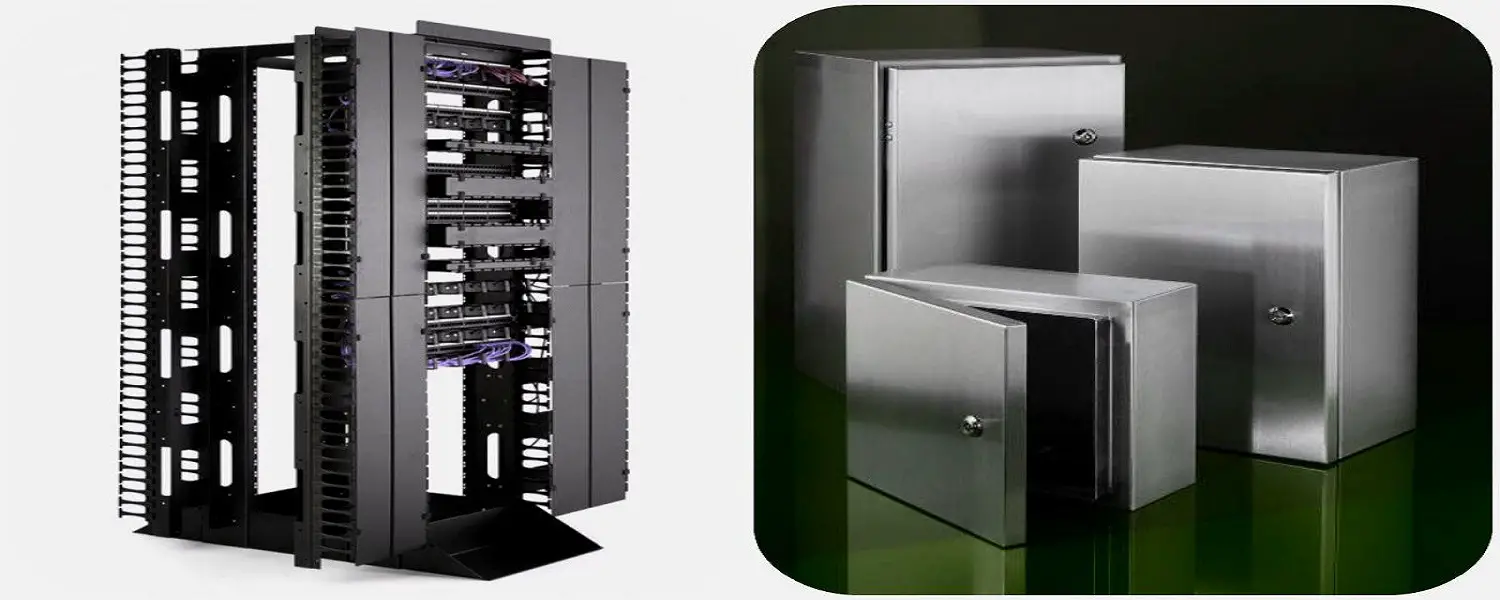Electrical enclosures are made from different types of materials, each of which has its own benefits. Sometimes, metal enclosures fail to offer the functionality that is required. It is here that plastic enclosures come into the picture. They provide better protection when used in specific scenarios. It is one of the primary reasons why plastic enclosures have become a significant player in the market.
There are manufacturers that deal especially in plastic enclosures and other products such as stepper motors. Just make sure to choose a reliable brand for an assurance of quality.
Regarding plastic enclosures, their use has increased in outdoor scenarios, along with locations that have surface-level buttons placed in them. Using plastic in these enclosures can be more beneficial as compared to metal. Owing to the specific properties that plastic enclosures have, which are lacking in metal enclosures, they enjoy a wide array of applications.
Here’s a look at some properties of plastic enclosures which make them a preferred choice for several applications:
- Non-magnetic
Plastic is perfect in situations where electronic enclosures made of magnetic material might lead to damaging the equipment it houses, or the equipment it is placed next to. With plastic enclosures, one can completely eliminate the risk of magnetic interference.
- Waterproof
Electric enclosures are often placed in wet locations such as near lakes, ponds, or other underwater bodies. They are also used in factories that can have humid environments. Plastic enclosures are also perfect for outdoor locations that need enough protection from rain or snow. They are suitable for plants that have water treatment incorporated into various processes. All the above situations make plastic enclosures a better choice than metal owing to their waterproof properties. Also, they are not vulnerable to rusting.
- Insulating
Plastic enclosures are naturally insulating materials and can be further enhanced with additional insulation. Plastic offers excellent protection and keeps the electric elements inside it at a constant temperature.
- Inexpensive
Metal enclosures are pretty expensive compared to plastic ones. Metal is costlier, so the enclosures made from them are also expensive. Plastic enclosures are economical and one of the most cost-effective choices for various applications.
- Flexible
Plastic is not as rigid as other types of metals. Therefore, enclosures created of plastic can easily absorb vibrations. They protect the contents from any kind of impact and can also save space when compared to metal enclosures. This makes it easy for factories or industries to fit plastic enclosures in places where it is challenging to house metal enclosures.
- Lightweight
Plastic enclosures are incredibly lightweight when compared to their metal counterparts. Plastic can be a preferred material in cases where enclosures need to be lifted frequently or often used in hand. For small and hand-held enclosures, plastic is a suitable material due to its lightness.
Enclosures can be made from various plastic materials such as ABS, polyester, polycarbonate, and several other varieties. Different production methods are used for creating plastic enclosures, but one of the most common methods is the moulding process.
The process of moulding plastic is versatile, making it possible to create plastic enclosures with complex geometries or parameters. This is helpful for special applications that require precise fittings. This advantage can’t be derived from metal enclosures and makes plastic enclosures a viable option where small and complex solutions are needed.
- No need for finishing
Metal enclosures require finishing, but this doesn’t apply to their plastic counterparts. Plastic has intrinsic plasticity, which means there are no rough edges. This eliminates one stage of the production process, but doesn’t compromise the durability of the product. It can also mean savings on time and money in the production process, which can be passed on to the consumer making a more cost effective item.
- Impact resistance
Plastic enclosures are sturdy enough to resist high impact, yet still retain their original form. This is important for maintaining a production level of strength and minimising the chances of further damage.
The Material Used in Manufacturing Plastic Enclosures
Plastic enclosures can be made from different types of plastic materials. However, the choice of material is based on the application. The plastic enclosures designed for heavy-duty applications are constructed from high-density polyethylene (HDP). HDP offers sturdy surface durability, so it is resistant to scratches and impact and is also weatherproof. Other commonly used materials for plastic enclosures are PVC, ABS, acrylic and polypropylene. PVC is a popular thermoplastic that is suitable for insulation applications. ABS is known for mechanical toughness as well as impact resistance. Acrylic is very strong, and it can handle a high level of pressure. Polypropylene is robust as well as resistant to acids and chemical solvents.
The features and advantages mentioned above show that plastic enclosures are versatile and enjoy a wide array of applications when compared to metal alternatives. But choosing the right manufacturer or supplier for enclosures is essential to ensuring quality and durability. You can also explore stepper motors with such manufacturers based upon your specific business needs.







